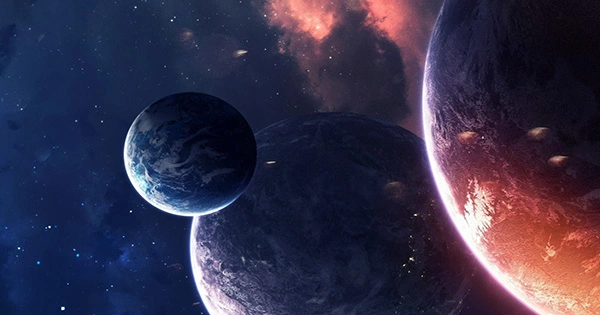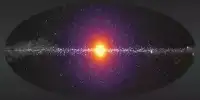All early birds and (very late) night owls are invited! This is the week to see four of the five planets that can be seen with the naked eye in a beautiful little row. In the pre-dawn eastern sky, Jupiter, Venus, Mars, and Saturn are all aligned and plainly visible. The planets, all visible without binoculars or telescopes, will rise from the horizon approximately an hour before dawn – blame time zones for the lack of a one-size-fits-all prediction – with Saturn rising first, followed by Mars.
The morning star — a misnomer for Venus – is next, followed by Jupiter, the King of the Planets. Neptune is technically in the line-up as well, but you won’t be able to see it unless you have a very good telescope. The alignment will be visible for several weeks, so don’t panic if you miss out; nevertheless, there is a precise date to remember if you want to wake up for a particularly good viewing. Jupiter and Venus will be in conjunction on May 1, which means they’ll be only a fraction of a degree apart.
If you want to tell them apart, you’ll need binoculars. Because the two objects are the brightest planets, reflecting the Sun’s brightness, viewing them together will be spectacular. If you miss this morning conjunction, you’ll have to wait three years and three months for the next one, which is scheduled for August 12, 2025, but fortunately, the two planets also meet in the evening. Their conjunction will occur on March 1, 2023, shortly after sunset.
But, you could argue, enough about the clearly visible planets; what about Mercury? What is it doing in the pre-dawn sky while the four larger worlds galavant together? Don’t worry, Mercury will also become visible, and it will be in an interesting position. On May 1, shortly after sunset, Mercury can be seen trailing the Sun beyond the horizon, close to the Pleiades, the world’s most renowned star cluster. If May 1 is unavailable, May 2 and 3 will suffice. Given how close these two celestial bodies will look in the sky on May 2, you can utilize the waxing crescent of the Moon as an easy approach to find Mercury.
And, while we’re on the subject of the Moon, the month of May will see a complete lunar eclipse, in which our natural satellite will take on a blood-red hue as it passes through the shadow formed by our planet. The shadow is tinged an eerie crimson because to the light filtered and refracted by Earth’s atmosphere, making it a delight for astrophotographers all around the world. Also, don’t forget that the Lyrids meteor shower peaks this week on April 22, although it lasts through April 29.
















